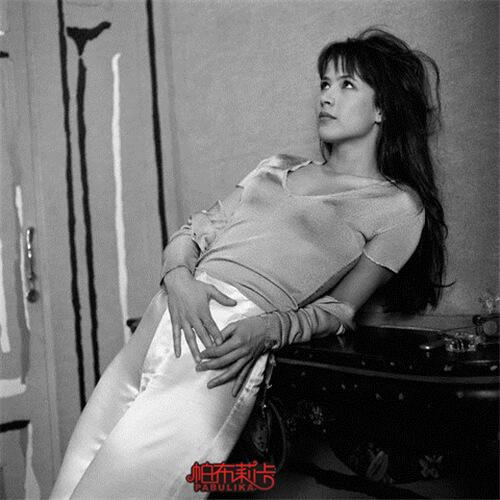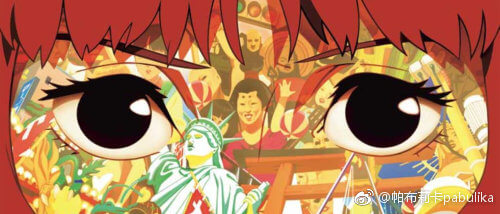本色
Bense (Original Character)
原义指本来的颜色,引申指本来的样子、面貌。作为文学批评术语,主要有三种含义:其一,指符合文体规定的艺术特色和风貌;其二,指符合作家艺术个性的特色和风貌;其三,指作品中真率自然地贴近生活原貌、表达自己真实思想或感情的风格。
The term originally referred to true colors and has been extended to mean true appearance. As a term of literary critique,bense (本色) has three meanings: 1) the artistic style and literary features that are compatible with a given genre; 2) the style and literary features that remain true to the writer’s individual character; and 3) the style that makes it possible for the writing to remain true to the author’s own experience and that gives truthful expression to his thoughts and feelings.
🎈在翻译「本来的样子、面貌」时,译文减译为true appearance。因为「样子」和「面貌」在汉语中意思相同,因此只需要译出一个即可。
🎈在翻译本色的三种含义时,译文皆以一个定语从句出现,譬如第一处,将「符合文体的」(that are compatible with a given genre)作为后置定语修饰「艺术特色和风貌」(artistic style and literary features);此外,此处将风貌理解为「文体特征」,故而翻译为literary features。
🎈在翻译「作家艺术个性的特色和风貌」时,译文采用了减译的方式,翻译为「作家自身的性格」(the writer’s individual character),避免了译文的冗杂。
本色不仅是对作者的要求,也是对作品的要求。宋代文论中,本色多用于评述文体的特性;明清文论中,本色多指诗人作家的个性风格,也用来倡导不加雕饰地贴近生活原貌的创作风格。“本色”常与“当行”连用,相当于“本真”,往往与道家自然之道的思想相联系,用来反对过分雕琢的创作态度与作品风格。
Bense is not only a requirement for the writer but also for his works. In the literary criticism of the Song Dynasty, bense was often used to describe and evaluate the special qualities of different genres. In the literary criticism of the Ming and Qing dynasties, bense usually referred to the individual style of poets and writers and also those styles of writing that remained true to life experience and eschewed literary embellishment. Bense is often used together with danghang (当行)to mean “original and genuine”; it is often associated with the Dao of nature in classical Daoist philosophy, in opposition to the attitude and styles that stress literary embellishment.
🎈「评述」一词为「描述、评估」之意,故译文译作describe and evaluate;而在翻译「文体的特性」时,译文采用了增译的方法,补充出了「特殊的」(special)和「不同的」(different)的意思,使得译文完整严谨。
🎈在翻译不同朝代对于「本色」的释义时,译文分别采用了was used to 、referred to和is associated with等表达,遵从了英文忌讳重复的行文习惯。
🎈「本真」一词在汉语中的具体意思为「原本的、真诚的」,故而译文译为original and genuine;此外,在最后一句的翻译中,译文对原文进行拆分整合,改译为两句,即「本色」常与「当行」连用,相当于「本真」为一句,而「与道家自然之道的思想相联系」为一句,避免了译文句子的冗长。
🎈在翻译「反对过分雕琢的创作态度与作品风格」时,采用了定语从句的形式,将「反对过分雕琢」(stress literary embellishment)作为后置定语修饰「态度和风格」(attitude and styles)
🎈重点表达
本色 Bense / Original Character
引申 extend to
原貌 true appearance
文学批评 literary critique/ literary criticism
文体风格 literary feature
修饰 embellishment
本真 original and genuine
与…相联系 be associated with
道家思想 Daoist philosophy
反对 in opposition to
未经允许不得转载:帕布莉卡 » 《中国传统文化关键字》本色 -英语翻译教程-中英双语赏析
 帕布莉卡
帕布莉卡


 爱是一颗心遇到另一颗心(出处+配图)
爱是一颗心遇到另一颗心(出处+配图) 

